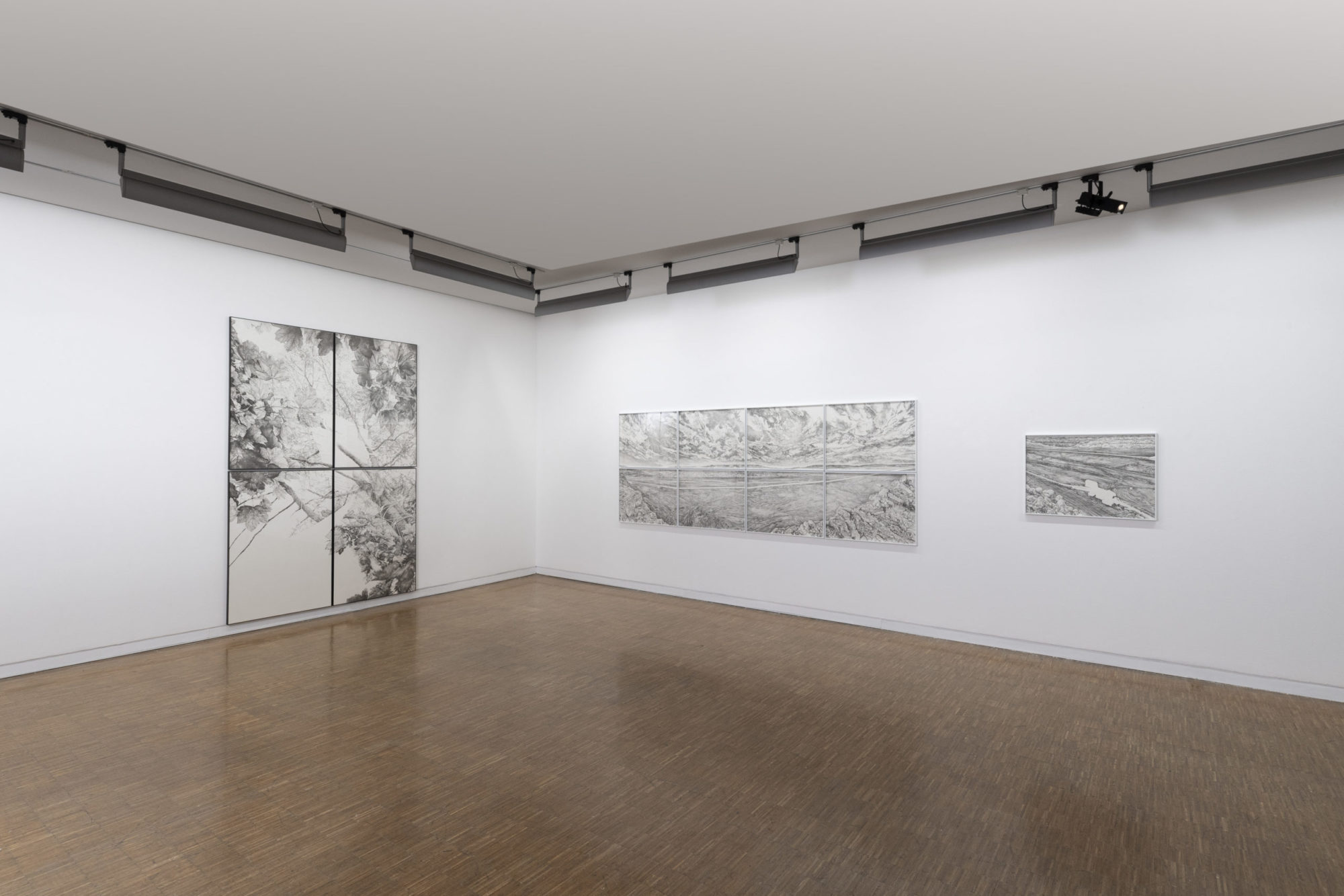
After immersing myself in the primary forests of tomorrow in the Black Forest for several days and discovering these areas protected from all human intervention (Simmonswald /Sankt-Peter) where nature is gradually taking on a wild form, I decided to leave for a more urban world. Berlin is perfect for the rest of this journey. This city allows me to compare these experiences of nature with the reality of a world city with just under 4 million inhabitants. These first days in Berlin and its various districts allow me to refine my vision by visiting a number of exhibitions and museums.
A temporary exhibition is particularly interesting to me as it is dedicated to the explorer and naturalist Alexander von Humboldt. This character, who founded the University of Berlin, is currently being celebrated in Germany and around the world around the 250th anniversary of his birth. This is a perfect opportunity to discover this character and follow the guidelines of my trip to Germany. By walking along the aisles of the exhibition dedicated to Humboldt at the Museum of German History in Berlin, you can find an echo of the current awareness of the need to safeguard biodiversity.
It was a bit like the Greta Thunberg of the 19th century and above all it arouses my curiosity by its look at nature and territories at the turn of the 19th century.
His approach to science by integrating Fine Arts, botany, geology or mineralogy seems interesting to me at the moment with regard to the artistic themes I am developing. The questions raised following this visit give me new angles of approach to deal with the primary forests of tomorrow in Germany.
Following this visit and the discovery of Humboldt’s cosmology, the opportunity was perfect to discover the forests near Berlin. The U-Bahn transports me from a world city to an almost virgin forest in Brandenburg (Briesetal). The Briesetal forest is considered a natural biodiversity reserve (Naturschutzgebiet).
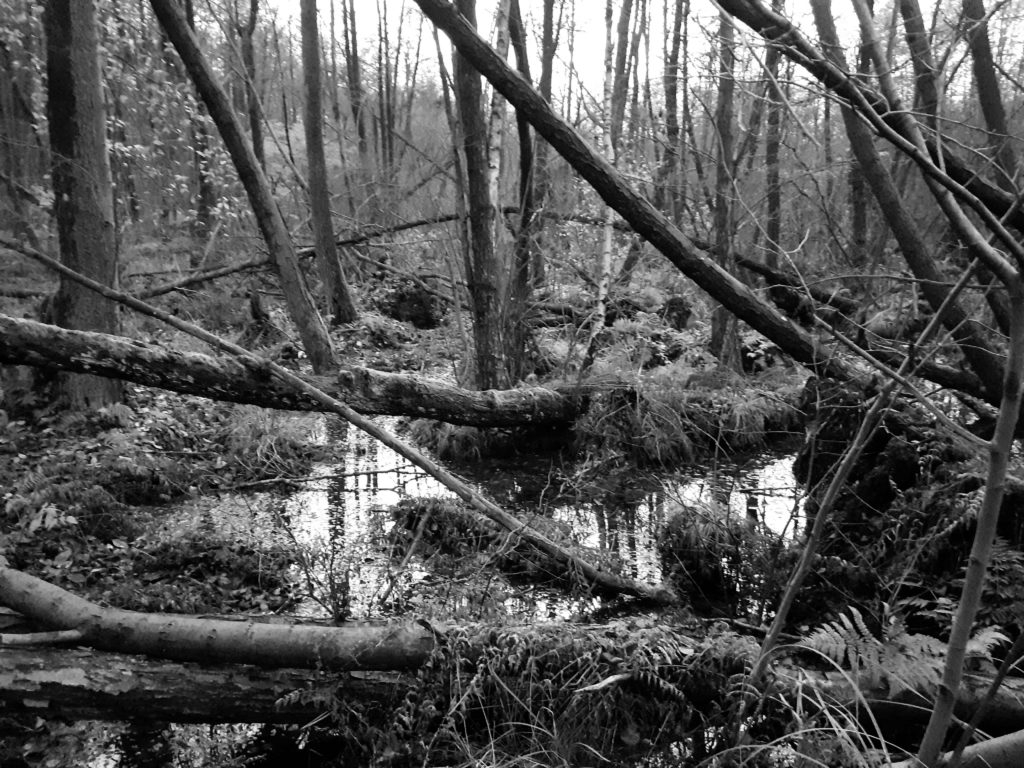
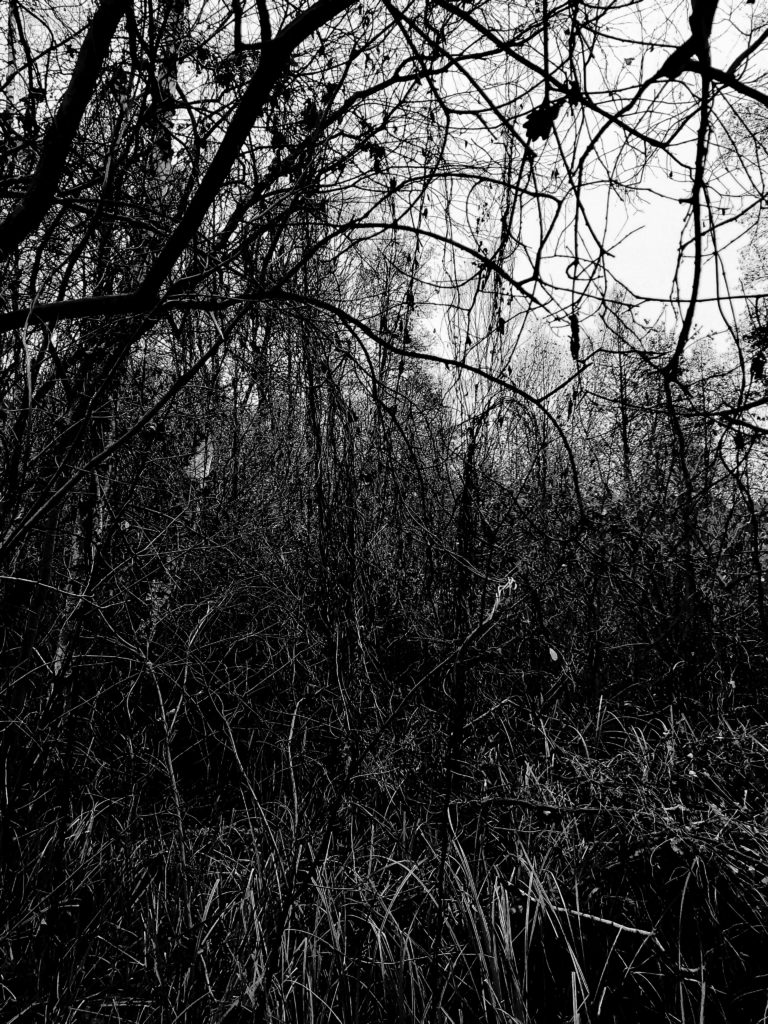
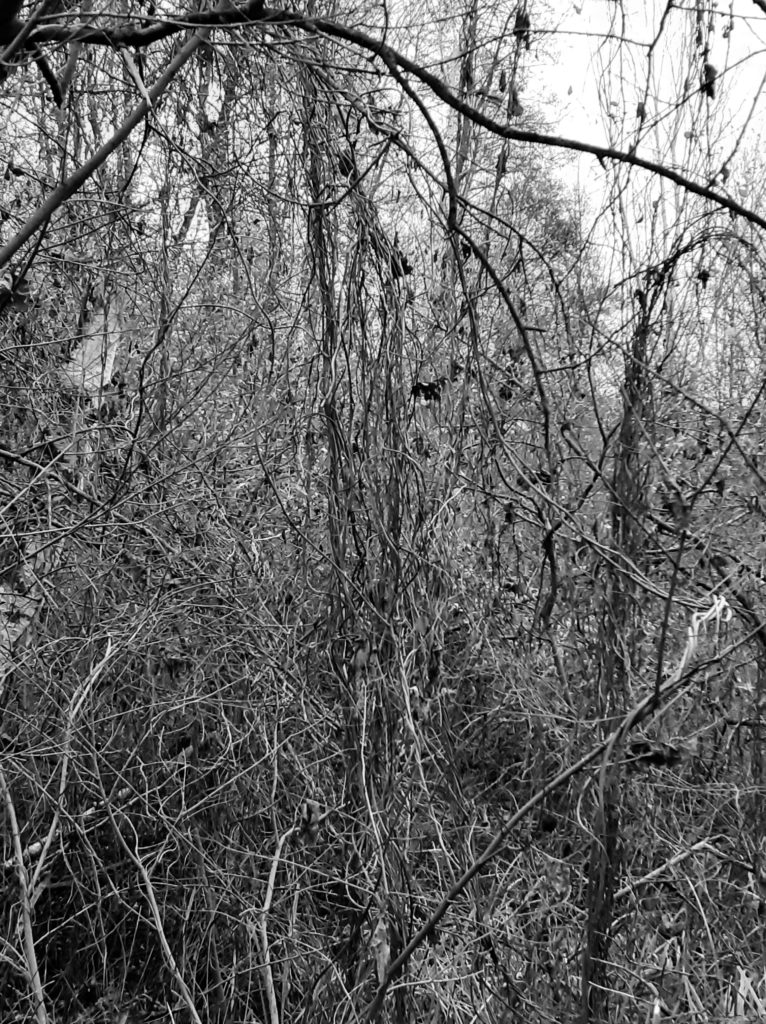
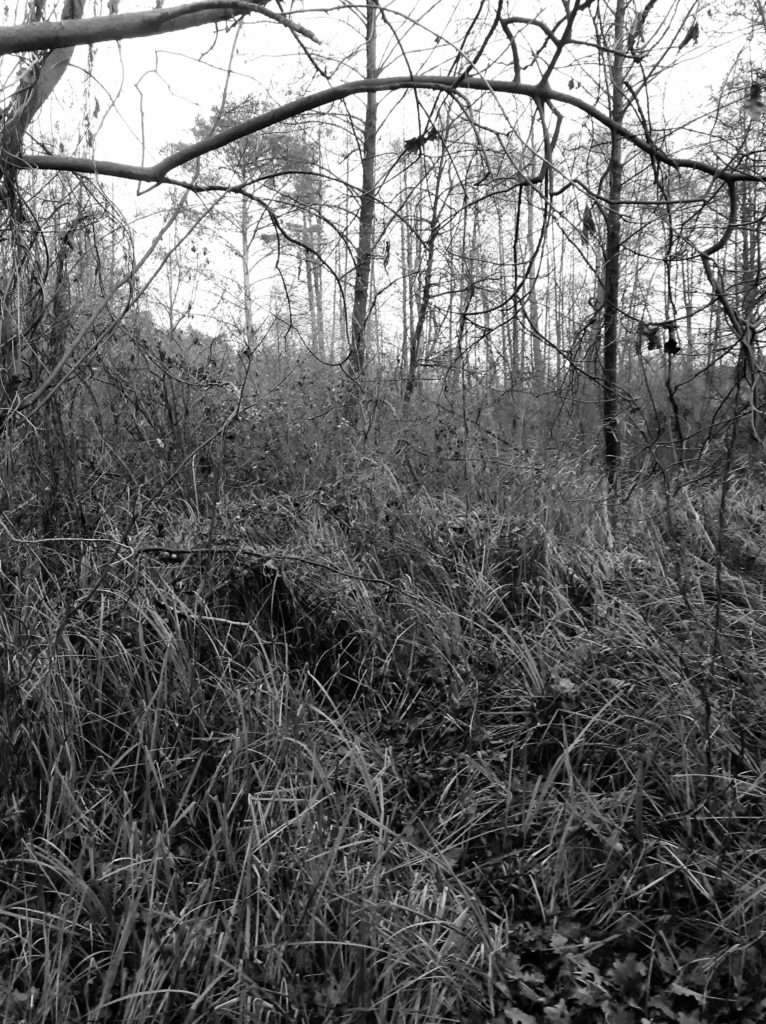
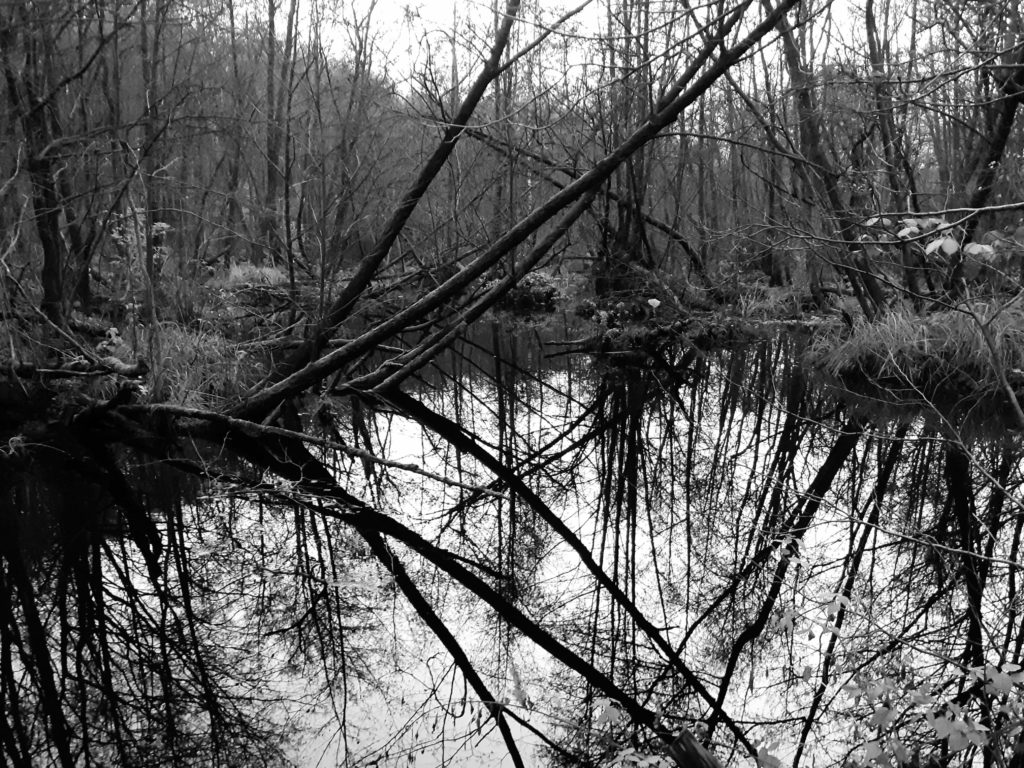
The discovery of this biosphere reserve allows me to collect the pictures for a new series of drawings around forests and natural reserves while applying the principle of artistic geography. I see this artistic geography as an aesthetic capture of the world.
After visiting tomorrow’s primary forests in the Black Forest, I am now in this Brandenburg Biosphere Reserve and where I can now put into perspective the extraordinary richness of Humboldt’s graphic works, which can now be embodied in various plastic stories.
Attempting to represent the “Urwald von morgen” is one of these stories.
Information on Alexander von Humbolt:
He is a naturalist, geographer, German explorer, but also a draftsman and graphic designer born on 14 September 1769 in Berlin and died in 1859. Through the quality of the topographical surveys and fauna and flora samples taken during his expeditions, he laid the foundations for scientific explorations. He applied to the Earth the ancient Greek vision of the order of the cosmos (the harmony of the universe), suggesting that universal laws applied to the apparent chaos of the earthly world as well. Humboldt then suggests that when contemplating the beauty of the cosmos, one can obtain personal inspiration and a beneficial, albeit subjective, awareness of life and nature.
To go further on Alexander von Humboldt and art (in French)
